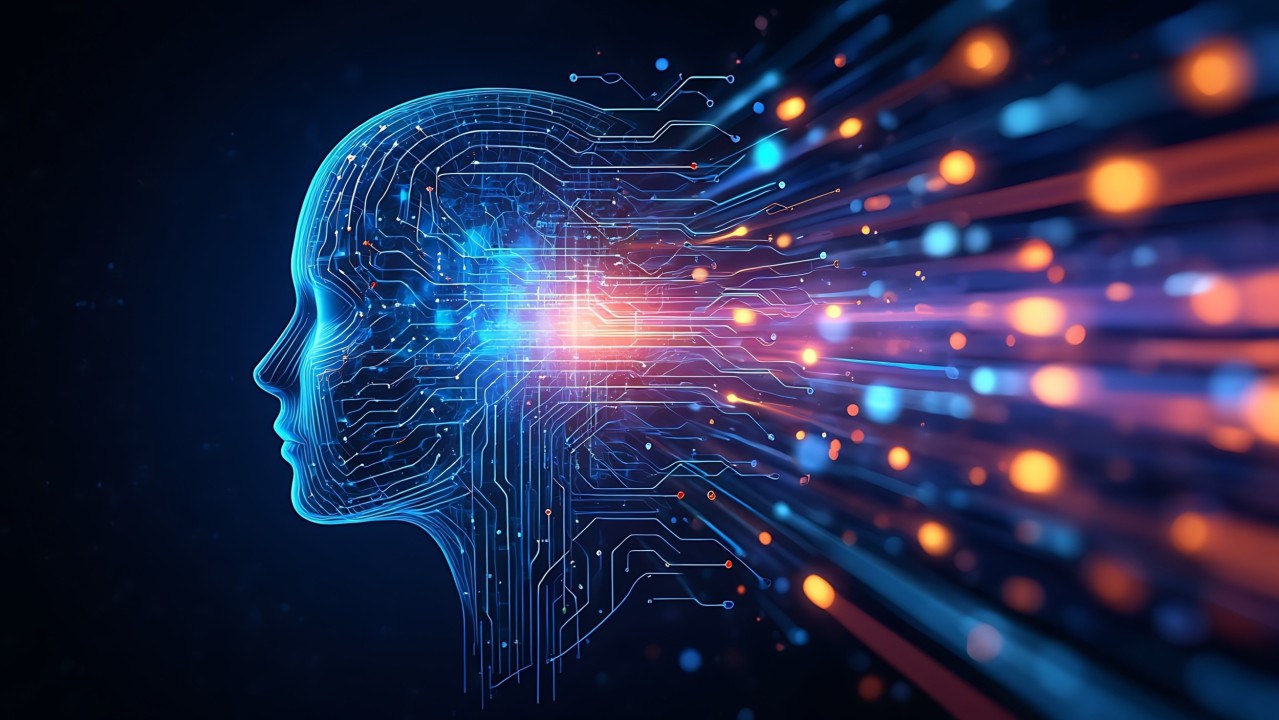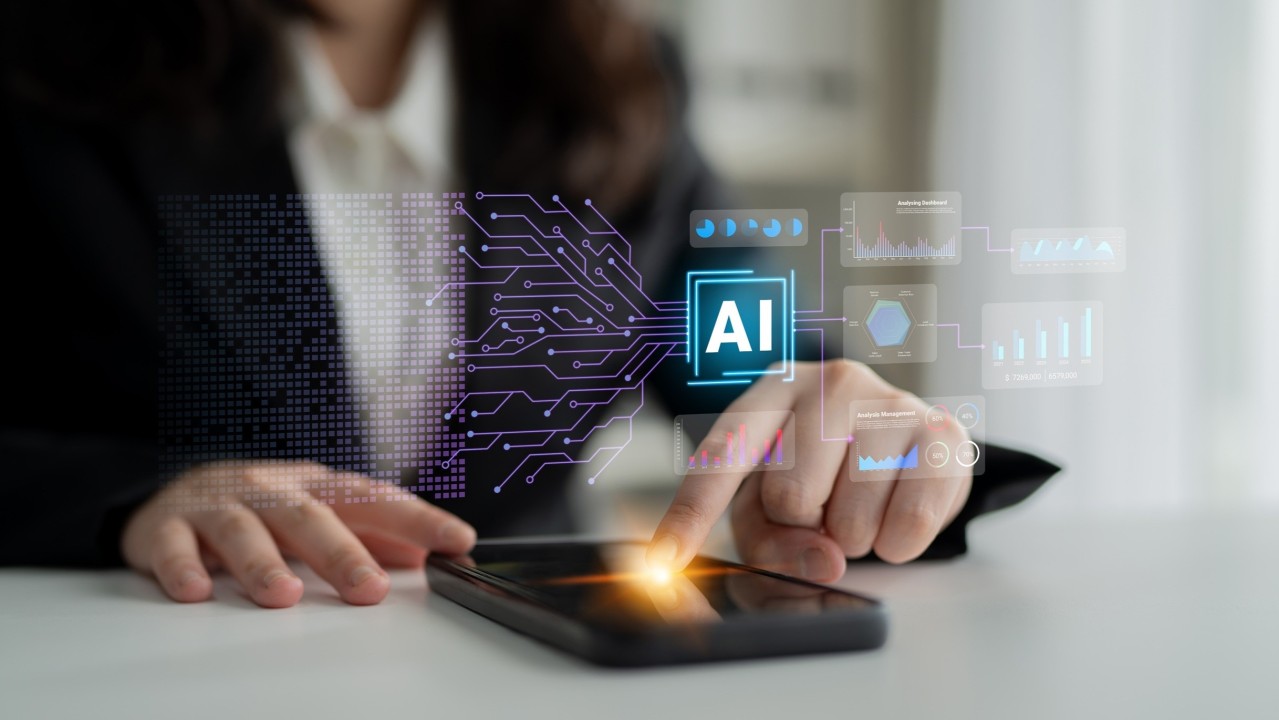Artificial Intelligence 101: Its Evolution, Implications And Possibilities
19 February 2024
Just a short time back, artificial intelligence only existed in science fiction. Walking, talking robots that acted like us (although lacking in emotion) or super-powerful computers that may or may not have had our best interests at heart.
Today, AI is very much a reality and an increasingly integral part of everyday life. But how have we got here? Where are we heading? And what exactly do we mean when we talk about the importance of AI in 2024?
I’ll address some of these questions here as I examine how our understanding of AI continues to evolve. This is crucial for us to understand as AI touches more areas of our lives and impacts society in new ways.

How Did We Get Here?
The concept of AI has existed for far longer than the technology has. Ancient Greek philosophers theorized about “thinking machines” and saw the human brain as a complex mechanism that we would perhaps one day be able to recreate or simulate.
However, the concept was confined largely to academia and entertainment until computers powerful enough to perform problem-solving and statistical analysis emerged in the mid-20th century.
From the 1950s to the 1980s, progress continued in the field of machine learning, as it became apparent that teaching machines to find their own solutions using data was more effective than giving them explicit instructions when it came to getting them to perform complex tasks. Research often focused on the artificial neural network model, which attempted to mimic some of the learning mechanisms of the human brain.
Big leaps forward were made in the late 2000s and early 2010s with the development of deep learning and deep neural networks. Because computers were becoming increasingly powerful, it became feasible to build far bigger neural networks, enabling computers to carry out more complex reasoning and decision-making. This led to the emergence of technologies like computer vision and natural language processing.
The 2010s was the era of big data, when—thanks to everyone and everything going online and becoming connected—the volume of data in the world exploded. At this point, it became apparent that more data plus more processing power leads to neural networks and algorithms that become increasingly better at doing their jobs.
And perhaps the final pivotal moment (so far) has been the emergence of generative AI. This can be seen as a societal breakthrough as much as a technological one, with tools like ChatGPT and Dall-E making it possible for anyone to work with AI and put it to use in everyday life.
AI In 2024
AI in 2024 is at a similar stage of its evolution as the internet was just when it was starting to go mainstream—say in the mid to late 1990s. Most of us know what it is now and understand that in the future, it will change just about everything.
What we have today is clearly the culmination of the technological leaps we covered in the previous section. But thanks to those leaps, we’ve arrived at the point where we are starting to see profound and far-reaching societal and cultural change.
Today, AI is becoming increasingly accessible and user-friendly. But it’s more than that—it’s also making just about every other aspect of technology more accessible by breaking down communication barriers between humans and machines.
Intuitive, natural-language interfaces and image recognition technology mean just about anyone will find it easier to get machines to do what they want. A lack of technical know-how will no longer be an obstacle for those with ideas about how technology can change the world for the better.
Today, this is often described as “democratizing” the power of technology—a hugely important aspect of AI's role in 2024.
We continue to see AI integrated into more and more of the tools we use in our day-to-day lives, from apps to our home appliances and the cars we drive.
Another keyword today is “augmentation.” This relates to the trend of adopting AI technology to improve our efficiency at routine tasks, enabling us to dedicate more of our time and human capabilities to more creative, complex tasks.
And just as importantly, when we talk about AI today, the focus is likely to be on the ethical questions that it forces us to confront.
Hot topics of debate right now revolve around what is acceptable when it comes to issues such as privacy, AI bias, transparency and intellectual property rights. And the decisions we make about these issues today will likely have long-lasting consequences on how this world-changing technology is used tomorrow.
Here and now, in 2024, the discussion around AI is just as likely to revolve around regulatory frameworks, responsibility and security as it is around algorithms, neural networks and transformer models.
Where Do We Go From Here?
As we’ve explored, the immediate challenges around AI are likely to be ethical, regulatory, cultural and societal. But there will inevitably be more technological breakthroughs down the line—and these will probably turn everything upside-down once again!
Going back to the internet analogy, I believe that AI in 10 or 20 years will be as unrecognizable to us today as the early internet of the dial-up modem and Netscape Navigator would be to a kid born in the 2000s and raised on smartphones and TikTok.
It will become smarter, faster and more integrated with our lives in almost every way we can imagine. Partly, this will be because computers will continue to become faster and more powerful (taking into account emerging technologies like quantum computing).
But it will also be because solving today’s problems around societal acceptance will lead to greater trust in the ability of technology to improve our lives safely and ethically.
For many of those developing cutting-edge AI today, the aim is to bring us closer to achieving general (or “strong”) AI—capable of learning to carry out any task, much like a human can.
In 2024, however, it's becoming clear that to get there in a responsible way, we first have to solve the problems we’re facing today. And unlike the problems of the previous decade, these aren’t likely to be solved simply by throwing more processing power and data at them.
Related Articles
Why The AI Supercycle Will Fail Without Advanced Networks
By now, “smart” versions exist of just about every home appliance, gadget and gizmos we can think of. However, manufacturers continue[...]
The Two-Tier AI Economy: Why Half Of Companies Are Being Left Behind And How To Close The Gap
By now, “smart” versions exist of just about every home appliance, gadget and gizmos we can think of. However, manufacturers continue[...]
5 AI-Era Skills Mistakes That Will Cost Your Business Millions In 2026
By now, “smart” versions exist of just about every home appliance, gadget and gizmos we can think of. However, manufacturers continue[...]
5 ESG Trends That Will Shape Business in 2026
By now, “smart” versions exist of just about every home appliance, gadget and gizmos we can think of. However, manufacturers continue[...]
The 5 Robotics Trends In 2026 You Must Get Ready For Now
By now, “smart” versions exist of just about every home appliance, gadget and gizmos we can think of. However, manufacturers continue[...]
10 Generative AI Trends In 2026 That Will Transform Work And Life
By now, “smart” versions exist of just about every home appliance, gadget and gizmos we can think of. However, manufacturers continue[...]
Sign up to Stay in Touch!
Bernard Marr is a world-renowned futurist, influencer and thought leader in the fields of business and technology, with a passion for using technology for the good of humanity.
He is a best-selling author of over 20 books, writes a regular column for Forbes and advises and coaches many of the world’s best-known organisations.
He has a combined following of 4 million people across his social media channels and newsletters and was ranked by LinkedIn as one of the top 5 business influencers in the world.
Bernard’s latest book is ‘Generative AI in Practice’.










Social Media